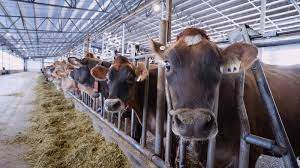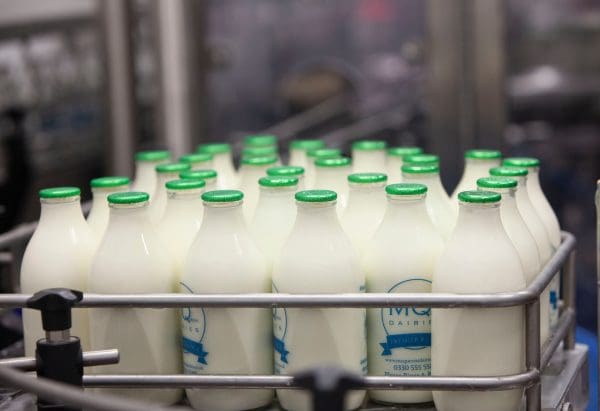In the complex interplay between human health and animal diseases, the emergence of the H5N1 bird flu virus presents a stark reminder of the ever-present zoonotic threat. First identified in the United States in 2022, this strain of avian influenza has not only affected poultry but has alarmingly spread to cattle and, albeit rarely, to humans. This article delves into the current landscape of this bird flu outbreak, its implications for public health, and the protective measures in place, particularly the role of pasteurization in safeguarding food products.
The Unprecedented Spread to Cattle and Humans
Historically confined to bird populations, H5N1 has demonstrated a worrying ability to jump across species barriers. The United States, uniquely, has reported instances of the virus in cattle—a development that has not been observed elsewhere but poses a significant concern due to the close interactions between cattle and humans in agricultural settings. In a notable case from Texas, a farm worker contracted the virus from cattle, marking a rare instance of mammal-to-human transmission, although the individual fortunately recovered from mild symptoms.

This cross-species transmission underscores a broader issue: the virus’s high pathogenicity, which has been a known killer in bird populations and is now a lurking danger for mammals, including humans. The World Health Organization has tracked over 860 human infections from this virus since its discovery, with a grim fatality rate of approximately 52%. These statistics are not just numbers; they represent a potent threat that could escalate without rigorous management and surveillance.
Surveillance and Management of the Outbreak
The response to the H5N1 outbreak has been multifaceted, involving stringent surveillance of both the animal populations and the food products they yield. In the U.S., over 200 cattle and millions of poultry have been found to carry the virus, prompting increased biosecurity measures, including the culling of infected animals in some cases. Internationally, countries like Canada and Colombia have tightened import regulations to prevent the spread through livestock trade.
One critical element in managing the spread of bird flu has been the surveillance and testing of dairy products. The U.S. Food and Drug Administration (FDA) has conducted extensive testing on milk and other dairy products, reassuring the public that pasteurization effectively inactivates the virus. Despite initial findings of viral genetic fragments in pasteurized milk, these do not indicate the presence of viable, infectious virus. This distinction is crucial in public communications to prevent undue panic and ensure consumer confidence in dairy safety.

The Role of Pasteurization
Pasteurization, a process pioneered by Louis Pasteur in the 19th century, remains one of the most effective methods for eliminating pathogens in food products. Amidst the current bird flu outbreak, this process has proven indispensable in ensuring the safety of dairy products. By heating milk to a specific temperature for a set duration, pasteurization destroys the H5N1 virus, thereby safeguarding the public from potential transmission through consumption.
Despite the proven efficacy of pasteurization, there remains a movement towards consuming raw, unpasteurized milk, driven by a desire for less processed foods. This trend poses risks not only from avian influenza but also from other bacterial infections. Regulatory frameworks, particularly in the U.S., have struggled to balance these consumer freedoms with public health needs, highlighting the ongoing debate over food safety and personal choice.
Looking Ahead: Adaptive Strategies and Public Health Preparedness
The H5N1 outbreak has exposed critical gaps in our readiness to deal with zoonotic diseases, especially those that can affect both animals and humans. Enhancing active surveillance, improving biosecurity measures, and maintaining strict regulatory oversight of food processing are essential steps in mitigating the risk of future outbreaks. Moreover, public health messaging must be clear and consistent to navigate the complexities of zoonotic diseases and food safety.
In conclusion, while the H5N1 bird flu poses a significant global threat, the structures in place, particularly pasteurization, provide a robust defense against the spread of the virus through the food supply. Ongoing vigilance, research, and public education remain pivotal in our continued battle against zoonotic diseases.

